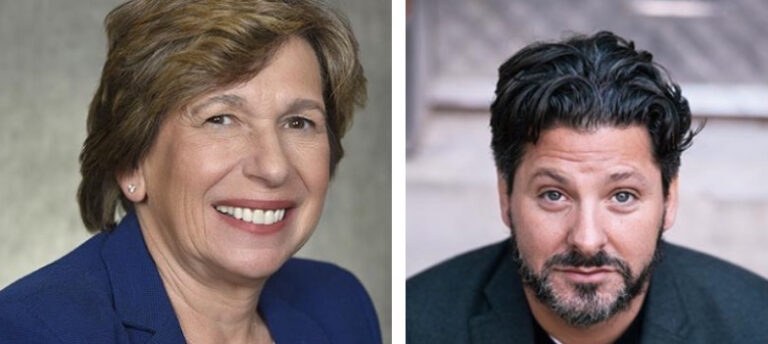By Doug Lederman
[…]Skepticism of Unions
If demographic trends and the decline in individuals’ financial situations have put retirement in the spotlight, another set of forces — state fiscal woes and political battles — are likely to make employee unions a topic of contention in the months ahead. President Obama and his Republican opponent, Mitt Romney, have very different stances on the role of public employee unions, and their appointments to the National Labor Relations Board, depending on who sits in the Oval Office on January 20, could create drastically different climates for the state of collective bargaining for some groups of instructors and graduate students at private colleges.
And while it’s possible that the November election may produce more governors who follow the lead of Wisconsin’s Scott Walker and Ohio’s John Kasich in seeking to rein in the influence of public employee unions, continued cutbacks in state funds and more years of no salary increases for campus employees may encourage more faculties and staffs to seek collective bargaining to try to bolster their causes.
If they do, they may find a chilly climate on campuses, if the survey responses are any indication. Between 10 percent and about a third of chief HR officers reported that they had unions on their campuses representing various groups of employees, with significant variation by sector and segment (almost two-thirds of community college human resources officers said their full-time faculties were unionized, compared with less than 7 percent of private colleges, for instance).
Respondents who reported that their campuses had unions were asked to assess the role they play locally, and all respondents were queried about the impact of unions in higher education generally.
The numbers were comparable — and generally critical. More than 4 in 10 respondents said they believed that unions had “helped to secure better salaries and benefits than might otherwise be provided” (58 percent disagree), and roughly a third agreed that unions promote fairness in the treatment of employees.
But more than three-quarters of respondents in both groups said they believed that union agreements “restrict management’s ability to redeploy people and redefine job tasks, that “unions discourage individual rewards for the best performing employees,” and that “unions provide too much protection for poorly performing employees.” The negative numbers were highest at public and private doctoral institutions and at community colleges — the former where union representation was least common, and the latter where it was most common.
Richard Boris, director of the National Center for the Study of Collective Bargaining in Higher Education and the Professions, at the City University of New York’s Hunter College, said he believed the HR directors’ responses provided an “accurate snapshot of current attitudes” in higher education, although he suspected that further study might reveal a correlation to the age of respondents, with older HR officers looking more favorably on unions.
He said the results point to a need for “big conversations on most of our campuses where there is unionization, or the climate’s going to deteriorate.”
Ann Franke, a lawyer and consultant whose career included a 15-year stint at the American Association of University Professors, said she saw the responses as a warning. “Unions would do well to pay attention to their image as protecting poorly performing employees, depriving the most worthy folks from receiving rewards, and limiting transfers,” even though “those may be badges of honor for them in protecting their people,” she said via e-mail.
More>>


